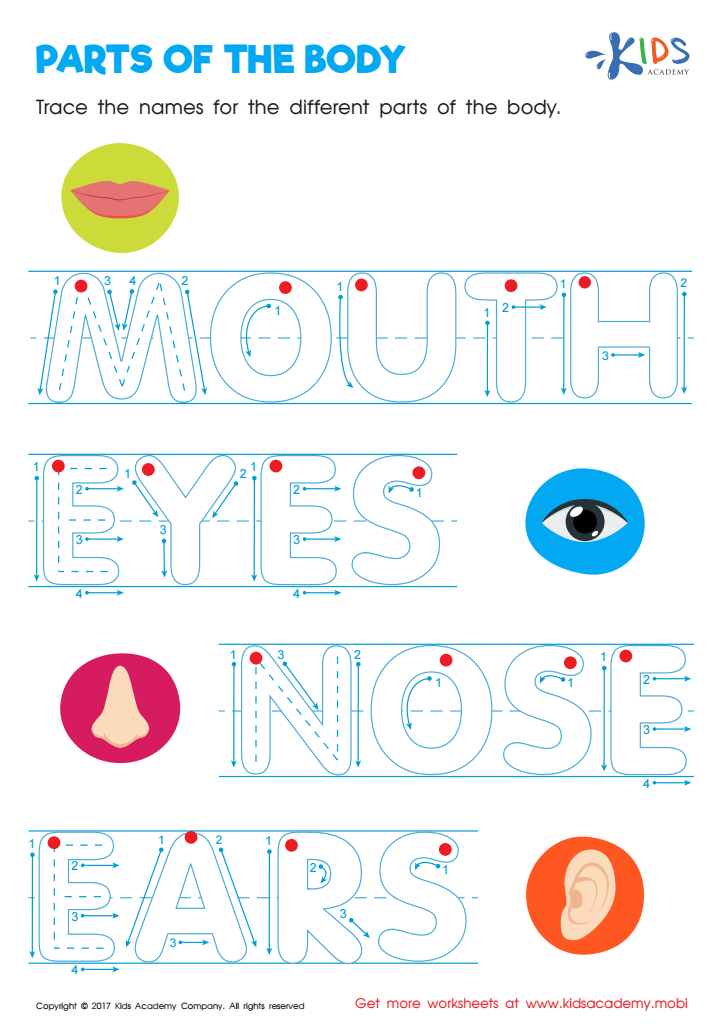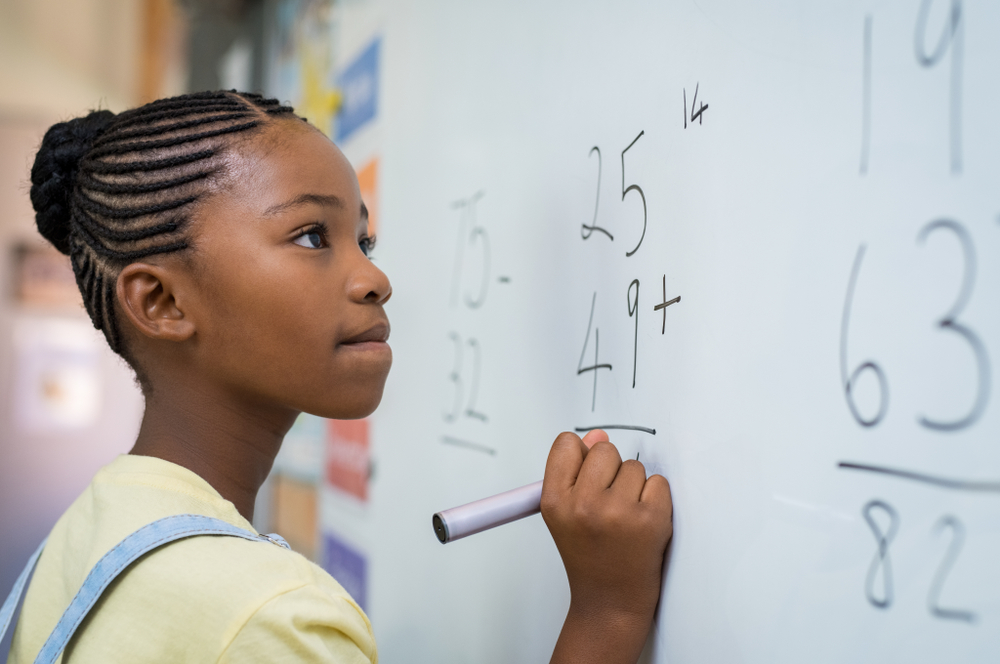Body parts identification Worksheets for Kids
1 filtered results
-
From - To


Question/Answer
What are some effective activities to train students’ Body parts identification skill when teaching them about Our Body and Health?
To train students in body parts identification, engaging activities such as "Simon Says" with anatomical instructions, labeling body parts on a life-size drawing, interactive body parts matching games, and using flashcards with images and names of body parts can be highly effective. These methods make learning dynamic, interactive, and more retainable for students.
How to test a Kindergarten student’s Body parts identification skills?
To test a Kindergarten student's body parts identification skills, use flashcards with pictures or actual demonstrations. Ask the student to point to or name various body parts as shown or mentioned. This can include basic parts like eyes, ears, hands, and feet, progressing to slightly more complex ones like elbows, ankles, and wrists, depending on their level of understanding.
How does the mastery of the Body parts identification skill affect a student's performance at an early age?
Mastery of body parts identification at an early age enhances cognitive development, language skills, and spatial awareness. It fosters self-awareness and autonomy, allows for effective communication about bodily needs or discomfort, and lays a foundation for learning about health, safety, and physical education. This foundational knowledge positively impacts overall academic performance and physical development.
 Assign to the classroom
Assign to the classroom












